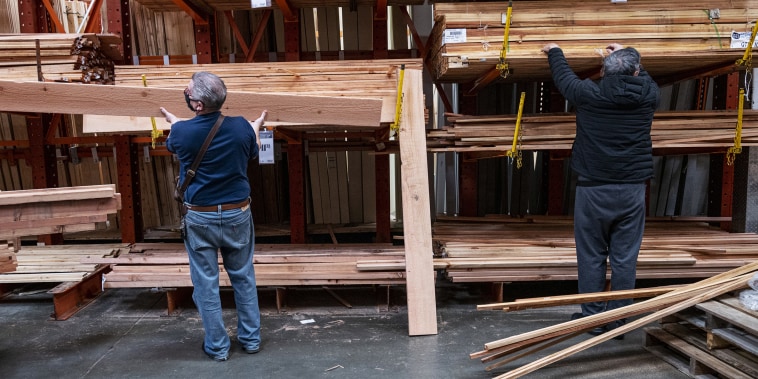The trend in national homeowners remodeling their homes has recently been on a decline, yet the demand for such services remains robust. Industry experts attribute this to a variety of factors, each with unique implications for homeowners and industry professionals alike. The spectrum ranges from shifts in housing markets, fluctuations in interest rates, demographic changes, evolving consumer values, and even the overarching impact of the global COVID-19 pandemic.
An important reason contributing to fewer homeowners opting for renovation is due to the shift in the housing market itself. Over the recent years, there has been a surge in the cost of homes, and this has notably affected particularly older homeowners. With high property values, some homeowners are choosing to sell their existing homes in their current state to capitalize on substantial market rates, rather than investing in expensive remodeling projects.
Moreover, demographic changes are significantly affecting home remodeling trends. As baby boomers age, they are now more likely to sell their big homes and move to smaller, manageable housing options. Hence, instead of investing in remodeling, they are often choosing to downsize.
From an economic perspective, the change in interest rates also plays a role in homeowners’ decisions. With historically low-interest rates, it has become easier to buy new homes rather than investing in remodeling one’s current home. Simply put, for many, it is more economical to purchase a new, updated home rather than renovate an existing one.
Another factor affecting the downward trend in home renovations is evolving consumer values. Millennial homeowners, for instance, prioritize environmental sustainability and are more inclined to invest in energy-efficient upgrades or sustainable materials. However, they are also more inclined to maintain their homes in a manageable condition rather than opting for major renos.
An unexpected but significant impact has been the global COVID-19 pandemic. On the one hand, some homeowners put their remodeling plans on hold due to economic instability. On the other hand, the home improvement industry experienced a surge as people found more time to undertake smaller DIY projects at home due to lockdown or work-from-home orders.
Despite the dip in homeowners opting to remodel, the remodeling industry sees a silver lining and interprets the demand as being ‘solid’. The remodeling industry is understanding this new demand and shifting accordingly. Many contractors have started offering more comprehensive packages, including planning, construction, and interior decoration, making the process more seamless and less intimidating for homeowners.
In addition, the demand for remodeling services in specific markets continues to be strong. Kitchen and bath remodels remain popular, as well as basement conversions creating additional, practical living spaces. Technological advancements have also resulted in the adoption of smart home technologies, a growing sector within home improvements.
Though the numbers may project a slight depletion in the remodeling trend, it is important to understand that the industry is not shrinking, but rather transitioning to adapt to the changing consumer desires and economic landscape. Optimization, specialization, and a willingness to evolve will crucial in maintaining the resilience and relevance of the remodeling industry.




